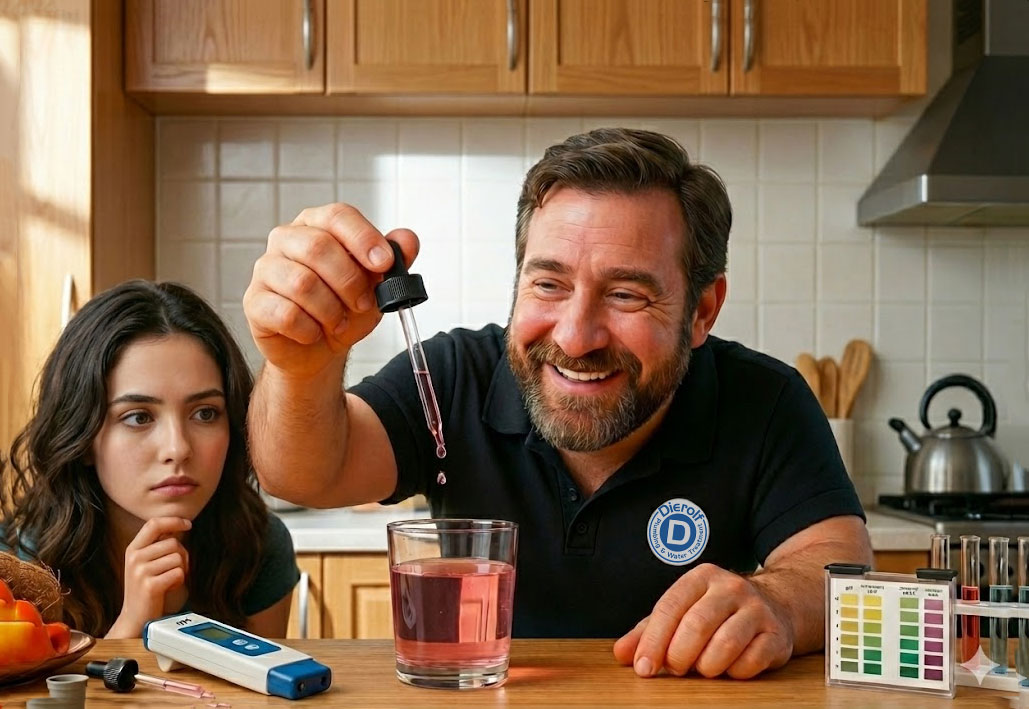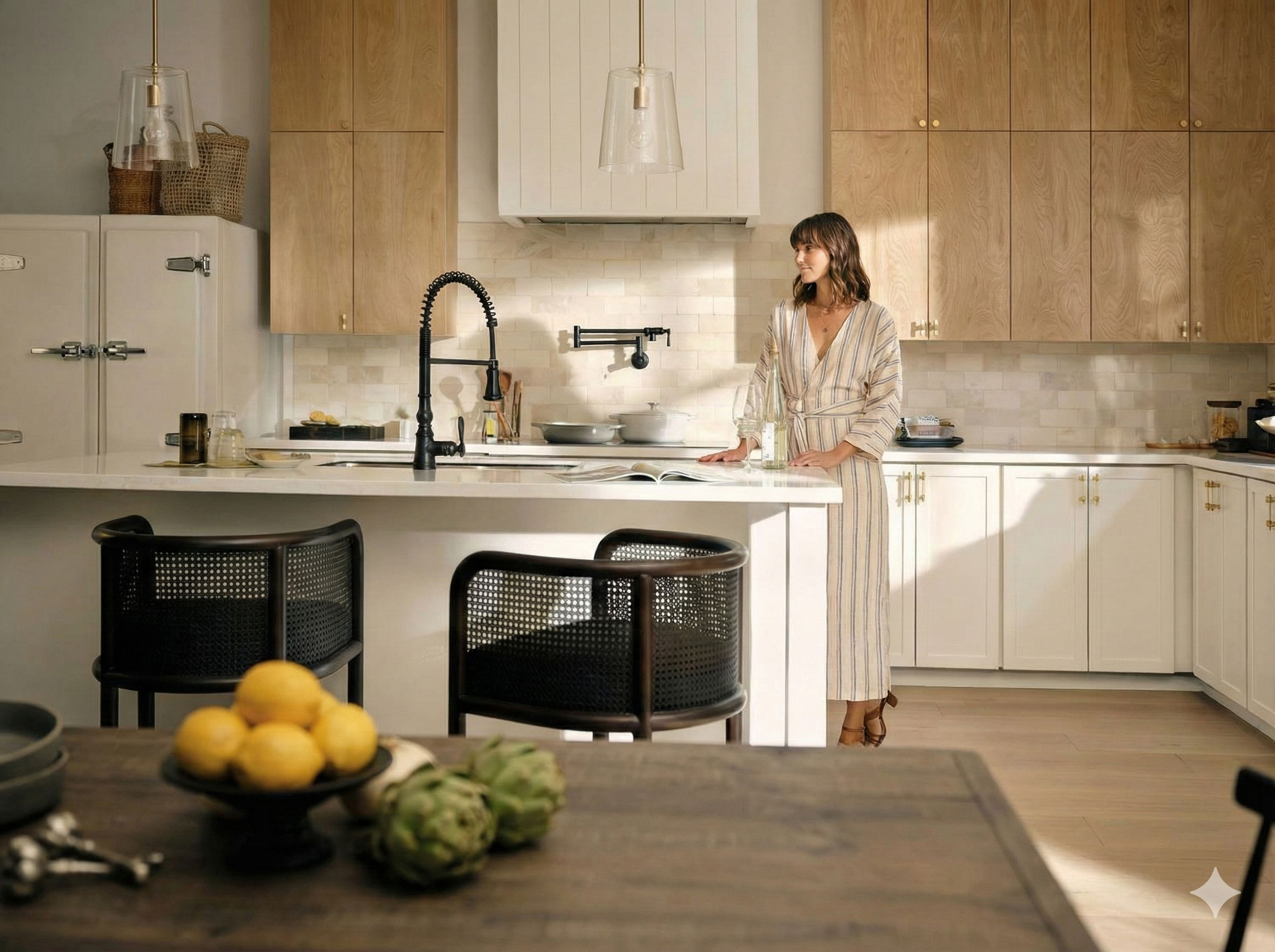Introduction
Water is one of the simplest—and most vital—elements for health. Establishing routines around hydration can help kids stay alert in class, support growth, and avoid common pitfalls like dehydration. This post walks through how to build water-friendly habits at home, in transitions (breakfast, commuting), and at school, with practical tips parents, teachers, and students can use every day.
Why Healthy Water Habits Matter
- Supports cognitive performance (attention, memory) in students.
- Helps maintain energy levels, mood, and overall mood regulation.
- Prevents dehydration symptoms: fatigue, dizziness, headaches.
- Reduces reliance on sugary drinks (better dental health, fewer empty calories).
For instance, Children’s Hospital of Philadelphia emphasizes that regular hydration improves energy and focus and notes parents can model healthy drinking behavior.
External Authority Tip: What Experts Say
- From HealthyChildren.org: Ways to make water more enticing—infusing with fruit, keeping water-rich foods (fruits/vegetables) easily available.
- Partners in Pediatrics suggests fun reminders, reusable bottles, involving kids in choosing their cup or bottle, reward charts.
- Nicklaus Children’s Health System underlines setting up a hydration routine, making water the go-to drink, offering hydrating snacks.
All good to back up your routines section with respected sources.
Video Resource
Here’s a helpful video to visually see routines in action:
This video by Miacademy’s Fit and Active (for kindergarten-2nd grade) talks about why water is essential when kids move and play, which fits nicely in home & school routines.
Routine Guide: From the Fridge to the Classroom
Here’s a suggested daily schedule for healthy water habits, plus actionable tips:
| Time of Day | Routine Idea | Why It Helps / Tips |
| Morning (at home) | Drink a glass of water right after waking up. Keep a filled bottle in the fridge so grabbing water is easy. | Kickstarts hydration so the body is not starting “behind” after sleep. |
| Breakfast & Getting Ready | Include water with breakfast. Let kids pick their water bottle the night before. | Signals that water is part of every meal; anticipation helps. |
| Commute / On the Way to School | Bring a reusable, leak-proof bottle; maybe a small thermos if weather is hot/cold. | Avoid dehydration during transit; prepares for classroom. |
| At School | Drink in between classes, after recess, before lunch. Use visible reminders (signs, timers). Have water bottles accessible. | Helps avoid “forgotten thirst” during busy school hour. |
| Lunch & Breaks | Water with lunch, plus refill if needed. Swap sugary drinks for water. | Supports digestion, maintains steady hydration. |
| Afternoon Classes / After School | Take “water breaks” after PE or outdoor activity. Encourage children to sip during homework or study time. | Physical activity increases water loss; hydration aids concentration. |
| Evening Routine | Offer a glass of water during dinner. Make water handy before bed (but avoid large amounts late). Clean bottles nightly. | Reinforces the habit; ensures bottles are sanitary. |
Tools & Tips to Make It Stick
- Choose fun or personalized bottles so kids like using them.
- Flavor naturally: add slices of fruit, cucumber, mint. Make infused water in pitchers.
- Use visuals/reminders: colorful stickers, charts, timers or phone alarms for “drink water” breaks.
- Lead by example: adults drinking water too, modeling habits.
- Make water easy to grab: bottle in backpack, filtered water at home, ensure school drinking water meets standards.
- Hydrating foods: fruits/vegetables high in water content help supplement fluid intake.
How Much Is Enough?
Guidelines vary with age, size, activity, and climate:
- Kids aged 5-8: ~40 ounces/day (beverages + water from food) often recommended.
- Ages older children/teens: more, especially if physically active or in hot weather.
- Watch for signs: clear/light urine, thirst, or energy/dizziness fatigue changes.
Quick Checklist For Parents & Teachers
- Morning water at home + water bottle filled
- Reusable bottle in backpack / reachable places
- Refill opportunities at school or during breaks
- Fun reminders, water station visible
- Natural flavor options and water-rich foods
- Model behavior: drinking regularly, cleaning bottles
It All Starts With Quality Water:
- Whole Home Filtration Systems
- Reduce Microplastics to Avoid Health Risks
- Ultrapure Water with Point of Use Systems
- Bacteria Free Water With Ultraviolet Treatment Systems
- Not sure what is in your water or what systems are right for you? We can help! Schedule your free in-home consultation today!
Conclusion
Making water a regular part of daily routines—from fridge to classroom—is not just about physical health; it’s about creating sustainable habits, improving focus, energy, and making hydration feel like second nature.
Try implementing one or two of these routines this week, see what sticks, and gradually build more. Over time, healthy hydration can become a set habit rather than a chore.



